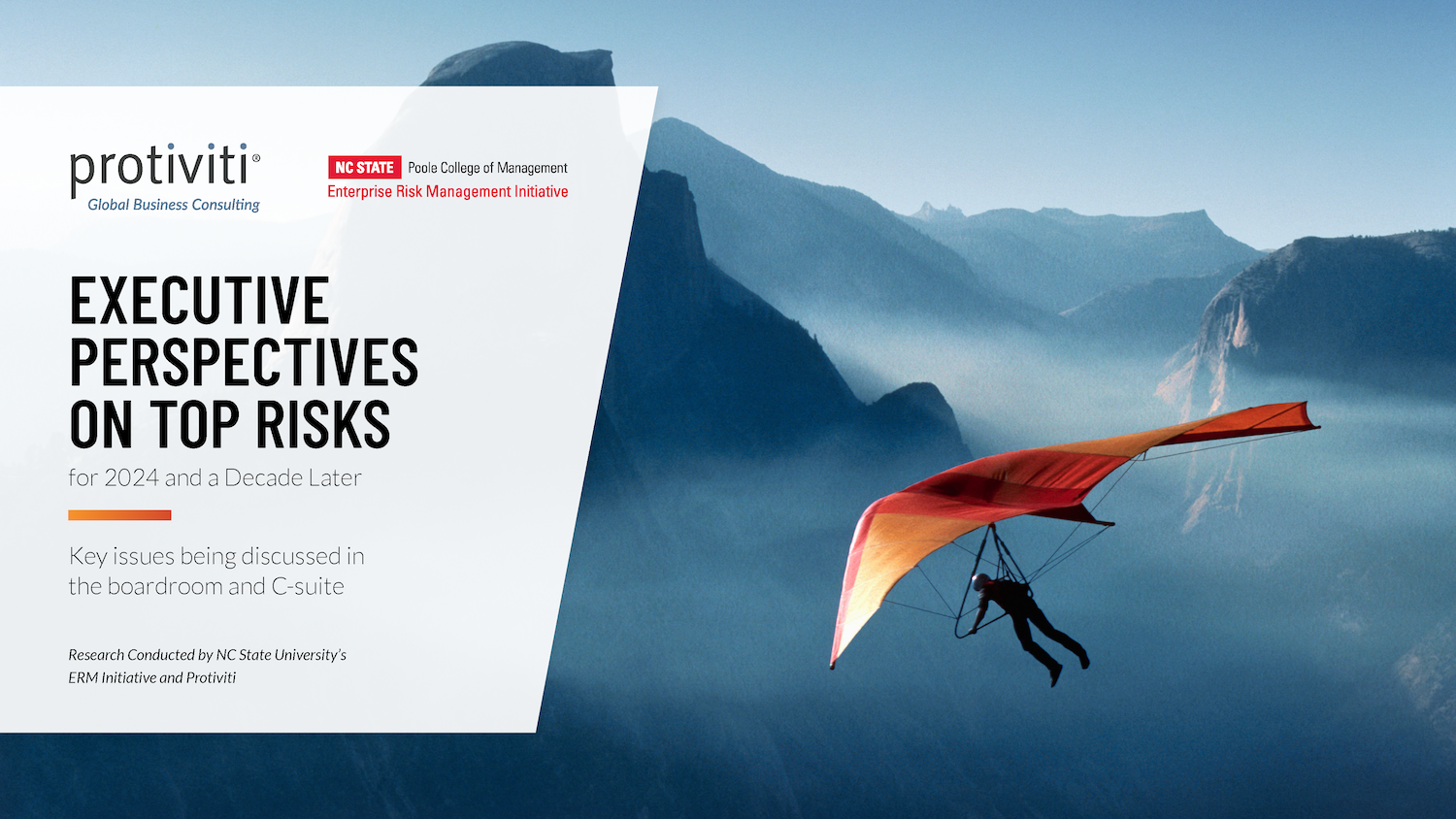A major stumbling block companies run into when beginning their ERM journey is whether to have one risk champion (CRO) or have a committee that handles risk oversight. Paul Zavolta, Director of ERM at Alpha Natural Resources, tells how Alpha Natural Resources uses both and discusses the importance of having individuals in risk leadership positions who possess strong people skills in addition to their technical expertise. He also goes into how he wishes he had risk management education as a college student and how that would have helped him throughout his career.
Key Points:
-
Approaches to Leading ERM:
- Dual Structure at Alpha Natural Resources: They have both a Chief Risk Officer and a 14-member Enterprise Risk Management Committee.
- Benefits of a Chief Risk Officer:
- Facilitates direct interaction with the C-suite.
- Enhances communication between executives and the ERM team.
- Helps align ERM goals with organizational objectives.
- Advantages of an ERM Committee:
- Demonstrates organizational commitment to risk management.
- Ensures broad representation from departments (e.g., finance, sales, operations).
- Provides a platform for comprehensive risk communication.
-
Ideal Skill Set for a Chief Risk Officer:
- People Skills: The ability to facilitate dialogue and collaboration during workshops and discussions is paramount.
- Analytical Skills: Basic quantification and risk assessment abilities are necessary.
- Overall Focus: Strong interpersonal skills outweigh pure technical expertise in fostering effective risk management practices.
-
Implications for Business Education:
- Early career professionals benefit from learning risk management techniques, such as event analysis and event tree analysis, to approach business problems creatively and systematically.
- Business schools should emphasize these tools and skills to enable graduates to add value in diverse organizational roles early in their careers.
Conclusion
Paul Zavolta highlights the importance of both structural and personal factors in successful ERM, emphasizing the need for collaboration, communication, and risk management education to support organizational goals.
Original Artice Source: “Transcript of Interview with Paul Zavolta on Chief Risk Officers vs. Risk Committes“, Paul Zavolta and Bruce Branson, October 2012


